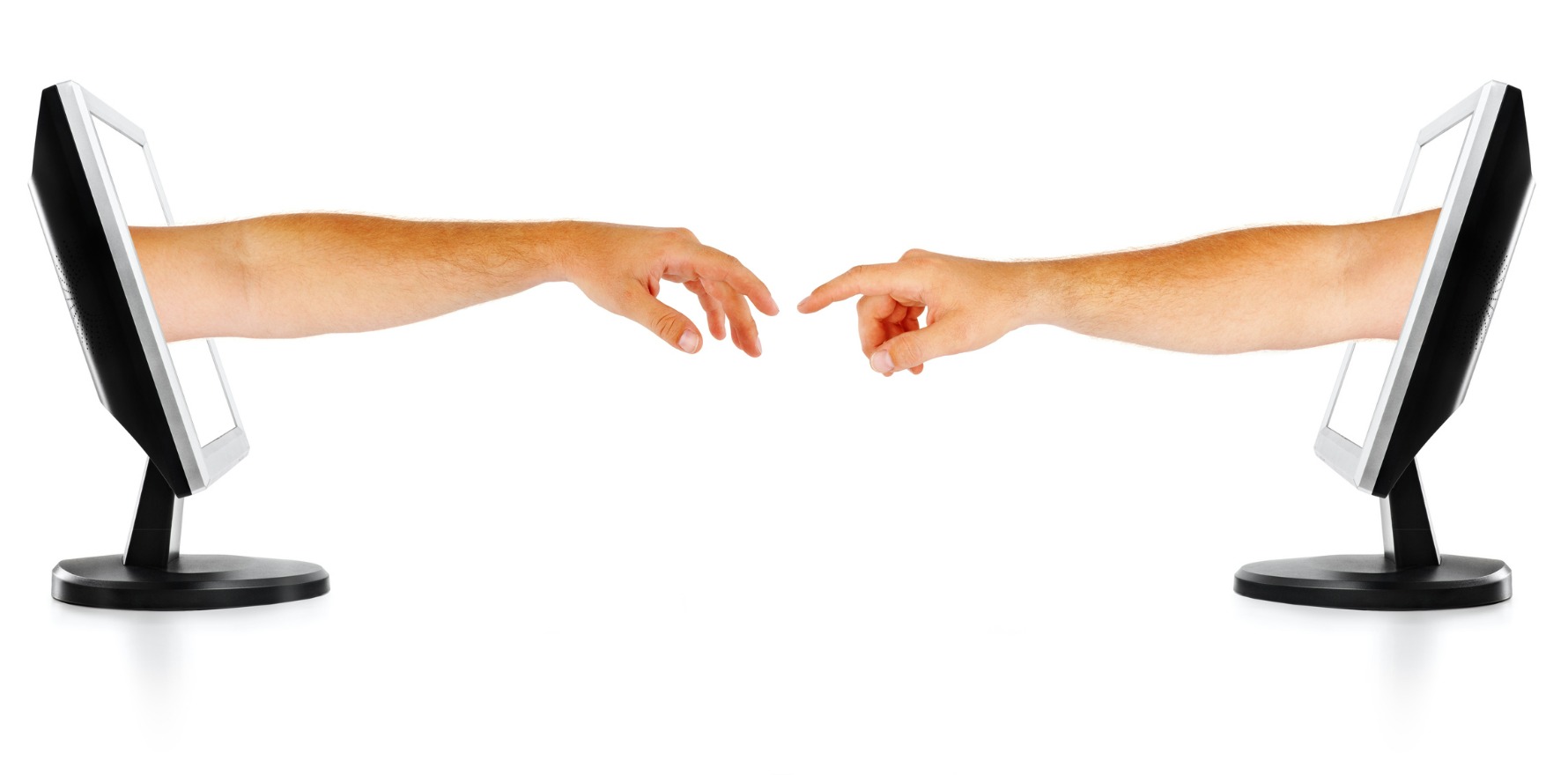
Mental health consults are the top reason for clinicians to use video-based telehealth services, according to the national virtual public health information service.
It’s been just over a month since the Department of Health ditched a swathe of MBS phone items, a move which many GPs were concerned would ultimately harm vulnerable mental health patients the most.
While phone consults were wholeheartedly embraced from the beginning of the pandemic, video telehealth uptake has lagged. From the beginning of the pandemic through to April 2022, phone consults have accounted for 96% of all GP telehealth consults.
Despite this general avoidance, there is at least one area where video telehealth is being embraced: mental health.
One in every five video consults made using the Healthdirect video call program – which is currently free for general practices and Aboriginal Community Controlled Health Organisations to integrate into their services – is a mental health consult.
Healthdirect, which is a government service, went from facilitating 500 video consultations per week in 2019 to having up to 40,000 video consults per week on the platform at the height of pandemic lockdowns.
Speaking at the National Rural Health Conference in Brisbane on Tuesday, Healthdirect engagement officer Jude Cobb said the number one specialty group using the video call service was general practice, most often for mental health.
“[Video can give] visual cues such as the patient location, the tidiness of their surroundings, whether they’re looking stressed – those are signs of the state of their mental health, and are not available via a phone consultation,” Ms Cobb said.
“[Stakeholders have said] video is the next best thing to being there in person, and sometimes it is better than being there in person, depending on the situation.”
Healthdirect had also heard from clinicians using its program that there was improved rapport with video telehealth.
Ms Cobb also denied that there was as much of an issue with connectivity in rural areas as has been suggested.
“We have had great success in rural and remote areas – we don’t need a huge amount of bandwidth to use video call, it’s around 350 kilobits per second, up and down,” she told delegates.
“It’s not a huge amount of bandwidth that is required, but we’ve also built into our system the ability for people to change the settings so they can go from high quality all the way down to bandwidth restricted, which will make the person look a little bit pixelated”
Covid has also finally spurred consumers to use My Health Record. In December 2019, only 57% of records had data in them – by March 2021, it jumped up to 97%.
This year, the Australian Digital Health Agency will make that data more accessible.
“[The My Health app] will allow [consumers] to share health information with GPs and specialists or check their own pathology results on their phone,” ADHA branch manager Jessica Carew told delegates at the NRHC.
“The app will remove the hassle of juggling multiple sources of information and there will be fewer delays in chasing up results.
“We aren’t stopping there, with future releases into the app we hope to include features such as medicine safety, aged care transfer summaries and, down the track, the proposed digital baby book.”
This second objective has a long way to go; only around 13% of aged care facilities are connected or have systems in place to connect to and use My Health Record, according to Ms Carew.
ADHA, she said, was working closely with the sector to lift that number.
She said there was work going on behind the scenes to make the information in the records more usable.
“The record itself is 10 years old now, as of the first of July, and originally its design was really about uploading PDFs, but we are working behind the scenes to transform that so the information is in a structured format and is discoverable,” she said.
This article has been updated with minor corrections to Healthdirect’s telehealth statistics.
